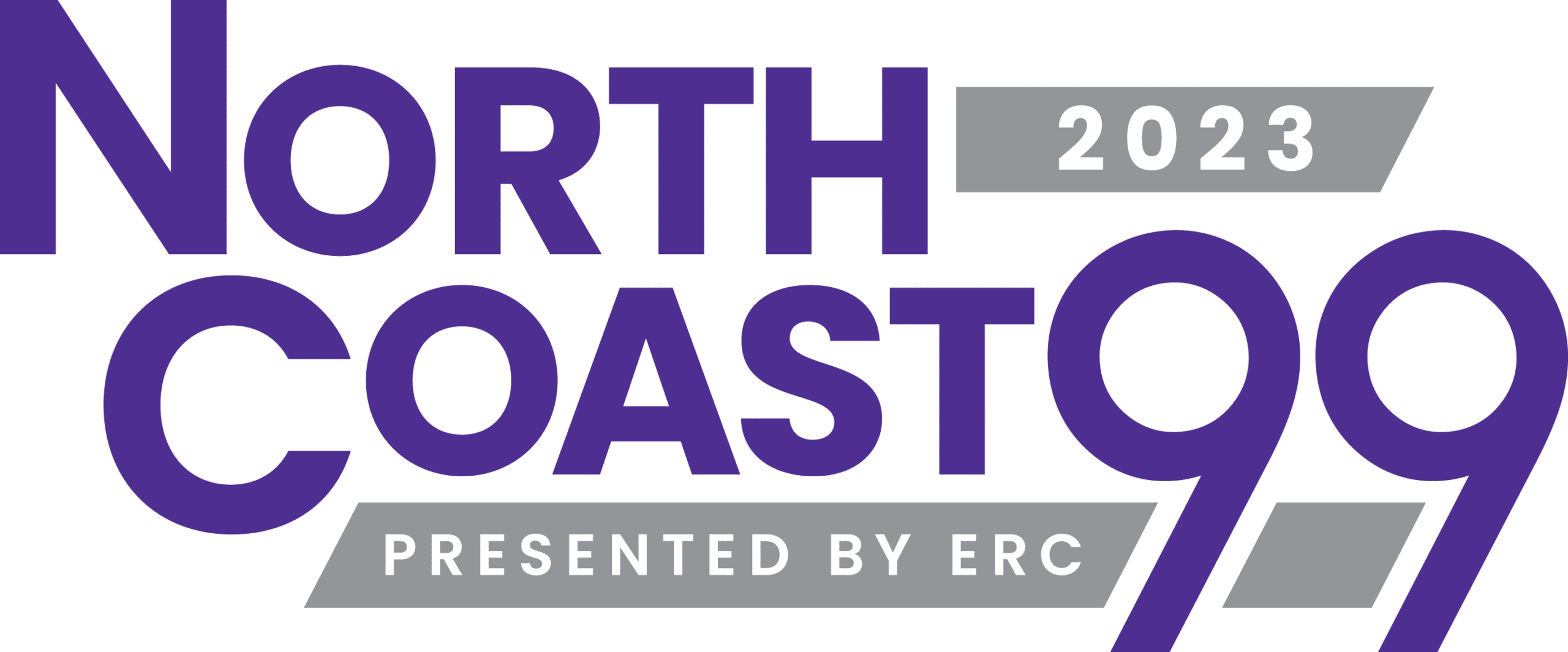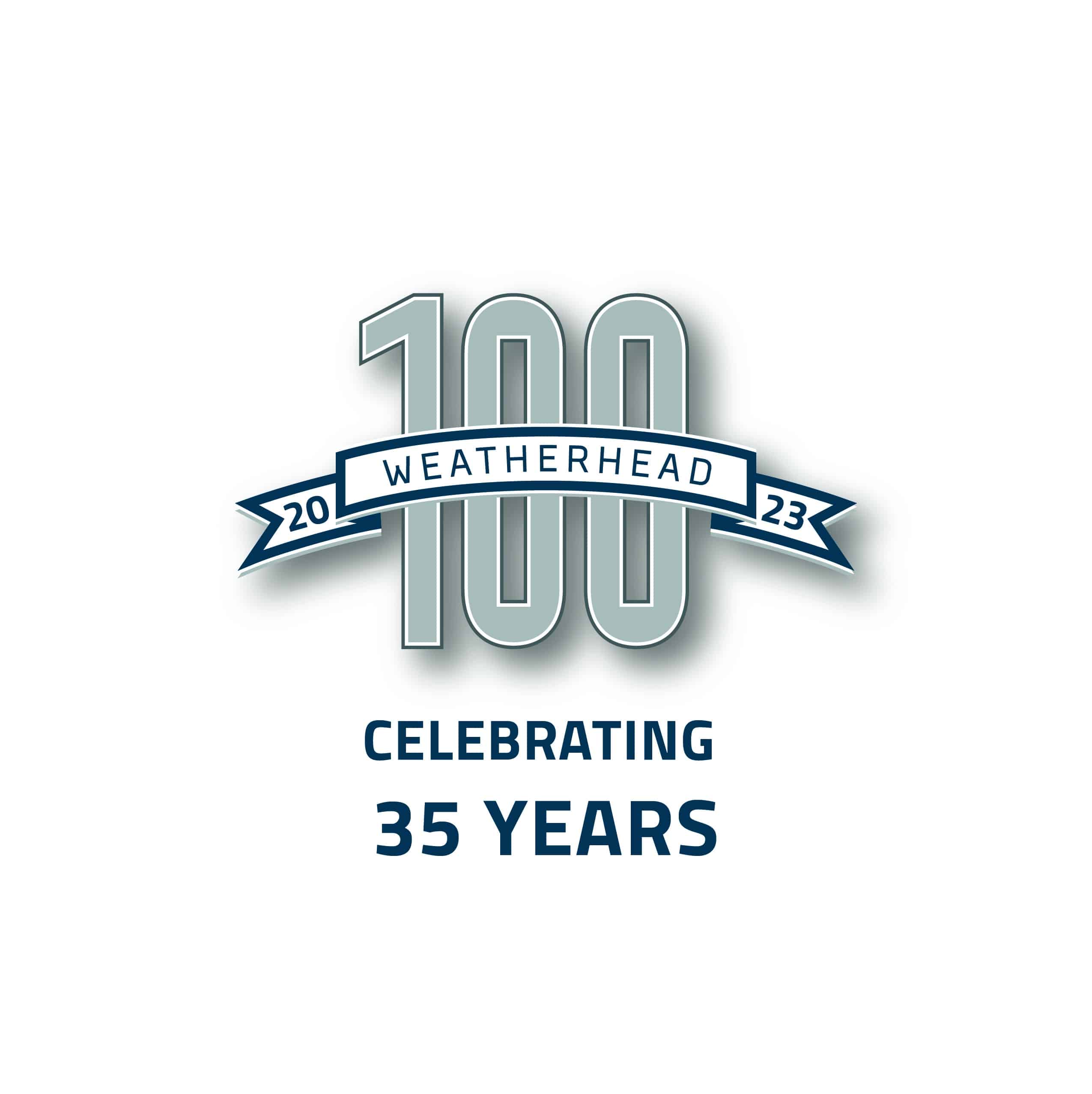2023 Consolidated Appropriations Act: What You Need to Know
On December 23, 2022, Congress passed the Consolidated Appropriations Act of 2023. The sprawling year-end spending “omnibus” package includes two important new laws that could affect your financial planning: the Setting Every Community Up for Retirement Enhancement (SECURE) 2.0 Act (also known as SECURE 2.0) and the Conservation Easement Program Integrity Act.
Bolstering retirement savings
The original SECURE Act, enacted in 2019, was a significant bipartisan law related to retirement savings. In the spring of 2022, with an eye toward building on the reforms in that law, the U.S. House of Representatives passed the Securing a Strong Retirement Act. Despite strong bipartisan support, the bill stalled. Then, the U.S. Senate introduced its own retirement legislation, dubbed the Enhancing American Retirement Now Act.
SECURE 2.0 incorporates provisions from both bills and addresses a wide array of areas that make major changes to retirement planning, including:
Required minimum distributions (RMDs). The first SECURE Act generally raised the age at which you must begin to take RMDs — and pay taxes on them — from traditional IRAs and other qualified plans, from 70½ to 72. The new law increases the age to 73, starting January 1, 2023, and boosts it to 75 on January 1, 2033. This change allows people to delay taking RMDs and paying tax on them.
The law also relaxes the penalties for failing to take full RMDs, reducing the 50% excise (or penalty) tax to 25%. If the failure is corrected in a “timely” manner, the penalty would drop to 10%.
Catch-up contributions. Beginning January 1, 2025, individuals who are ages 60 to 63 can make catch-up contributions to 401(k) plans and SIMPLE plans up to the greater of $10,000 or 50% more than the regular catch-up amount. The increased amounts are indexed for inflation after 2025. (The annual dollar limit on catch-up contributions is $7,500 for 2023, up from $6,500 for 2022.)
The law also changes the taxation of catch-up contributions, though, which could reduce the upfront tax savings for those who max out their annual contributions. Catch-up contributions will be treated as post-tax Roth contributions. Previously, you could choose whether to make catch-up contributions on a pre-or post-tax basis. An exception is provided for employees whose compensation is $145,000 or less (indexed for inflation).
Qualified charitable distributions (QCDs). QCDs have gained in popularity as a way to satisfy RMD requirements while also fulfilling philanthropic goals. With a QCD, you can distribute up to $100,000 per year directly to a 501(c)(3) charity after age 70½. You can’t claim a charitable deduction, but the distribution is removed from taxable income.
Under the new law, you also can make a one-time QCD transfer of up to $50,000 through a charitable gift annuity or charitable remainder trust (as opposed to directly to the charity). The law also indexes for inflation the annual IRA charitable distribution limit of $100,000.
Automatic enrollment. Beginning in 2025, new 401(k) plans must automatically enroll participants when they become eligible. However, the employees may opt-out. The initial contribution amount is at least 3% but no more than 10%. Then, the amount is automatically increased every year until it reaches at least 10% but no more than 15%. Existing plans are exempt, and the law provides exceptions for small and new businesses.
Annuities. Annuities can help reduce retirees’ risk of depleting their savings before they die. But RMD regulations have interfered with the availability of annuities in qualified plans and IRAs. For example, the regulations prohibit annuities with guaranteed annual increases of only 1% to 2%, return of premium death benefits, and period-certain guarantees. SECURE 2.0 removes these RMD barriers to annuities.
The law also makes qualified longevity annuity contracts (QLACs) — inexpensive deferred annuities that don’t begin payment until the end of the individual’s life expectancy — more appealing. Among other things, it repeals the 25% cap on the maximum annuity purchase and allows up to $200,000 (indexed for inflation) from an account balance to be used to purchase a QLAC.
Matching contributions on student loan payments. The law also aims to help employees who miss out on their employers’ matching retirement contributions because their student loan obligations prevent them from making retirement contributions. It allows them to receive matching contributions to retirement plans based on their qualified student loan repayments. Employers can make matching contributions to 401(k) plans or SIMPLE IRAs. These provisions are effective for contributions made for plan years beginning January 1, 2024.
Part-time employee eligibility. SECURE 2.0 lowers the hurdles for long-term, part-time employees to participate in 401(k) plans. They’ll still need to work at least 500 hours before becoming eligible but they’ll have to work for only two consecutive years, rather than the three years required by the first SECURE Act. The provision takes effect for plan years beginning January 1, 2025.
Small business tax credits. To incentivize small businesses to establish retirement plans, SECURE 2.0 creates or enhances some tax credits. For example, it increases the startup credit from 50% to 100% of administrative costs for employers with up to 50 employees. An additional credit is available for some non-defined benefit plans, based on a percentage of the amount the employer contributes, up to $1,000 per employee.
Tax-free rollovers from 529 plans to Roth IRAs. The new law permits a beneficiary of a 529 college savings account to make direct rollovers from a 529 account in his or her name to a Roth IRA without tax or penalty. This provides an option for 529 accounts that have a balance remaining after the beneficiary’s education is complete. The 529 account must have been open for more than 15 years and other rules apply. The provision is effective for distributions beginning in 2024.
Cracking down on certain tax shelters
The retirement provisions in the omnibus law are partially offset by the law addressing conservation easements. Current law generally allows taxpayers to claim a charitable deduction for qualified donations of real property to charity. According to the IRS, though, promoters have twisted the relevant tax provision to develop abusive “syndicated” conservation easements that use inflated appraisals and partnership arrangements to reap “grossly inflated” deductions.
Going forward, the Conservation Easement Program Integrity Act disallows charitable deductions for qualified conservation contributions if the claimed deduction exceeds 2.5 times the sum of each partner’s relevant basis in the partnership making the contribution. An exception is granted if the contribution meets a three-year holding period test, substantially all of the partnership is owned by family members or the contribution relates to the preservation of a certified historic structure.
More to come
These are only some of the provisions in the new law. The entire omnibus law is sure to generate additional questions and guidance. We’ll keep you apprised of the developments that could affect your financial situation.
© 2022
Related Insights
Featured Post

Featured Client Testimonials
BW is a true partner to us. Their knowledge, expertise, and service are a valuable resource to us and play an important role in our success!
John Allen - Vice President of Finance, Kaufman Container
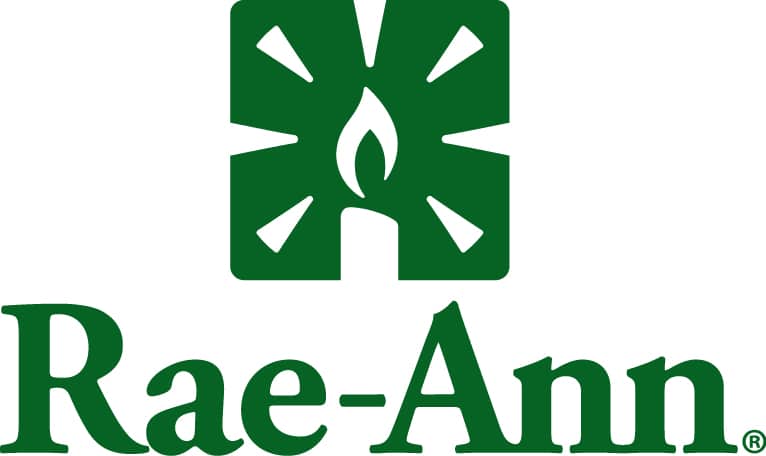
Featured Client Testimonials
I appreciate the exceptional tax advice we received over the years. The (BW team) has a good grasp of our business needs. Thank you for your excellent service.
John Griffiths - Owner, Rae Ann, Inc.

Featured Client Testimonials
The BW team has been fantastic to work with; both the team member at our office as well as at the partner level. Any issues or concerns are handled very efficiently and effectively.
Kelley Needham - Chief Executive Officer, Epilepsy Association
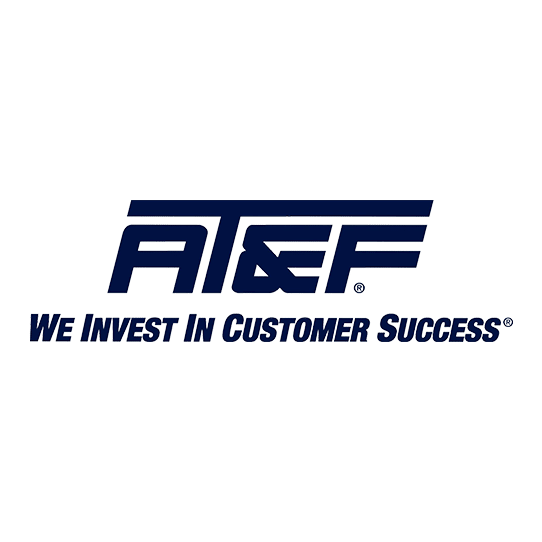
Featured Client Testimonials
Barnes Wendling has been our company accountants for over seven years. Their knowledge has been instrumental in helping us grow strategically during this time. And although we’ve seen many changes in our economy that we cannot control, we’ve always been able to trust the Barnes team to be by our side. The Barnes team feels like family. We can’t thank them enough for their support!
Christine Kloss - Controller, AT&F
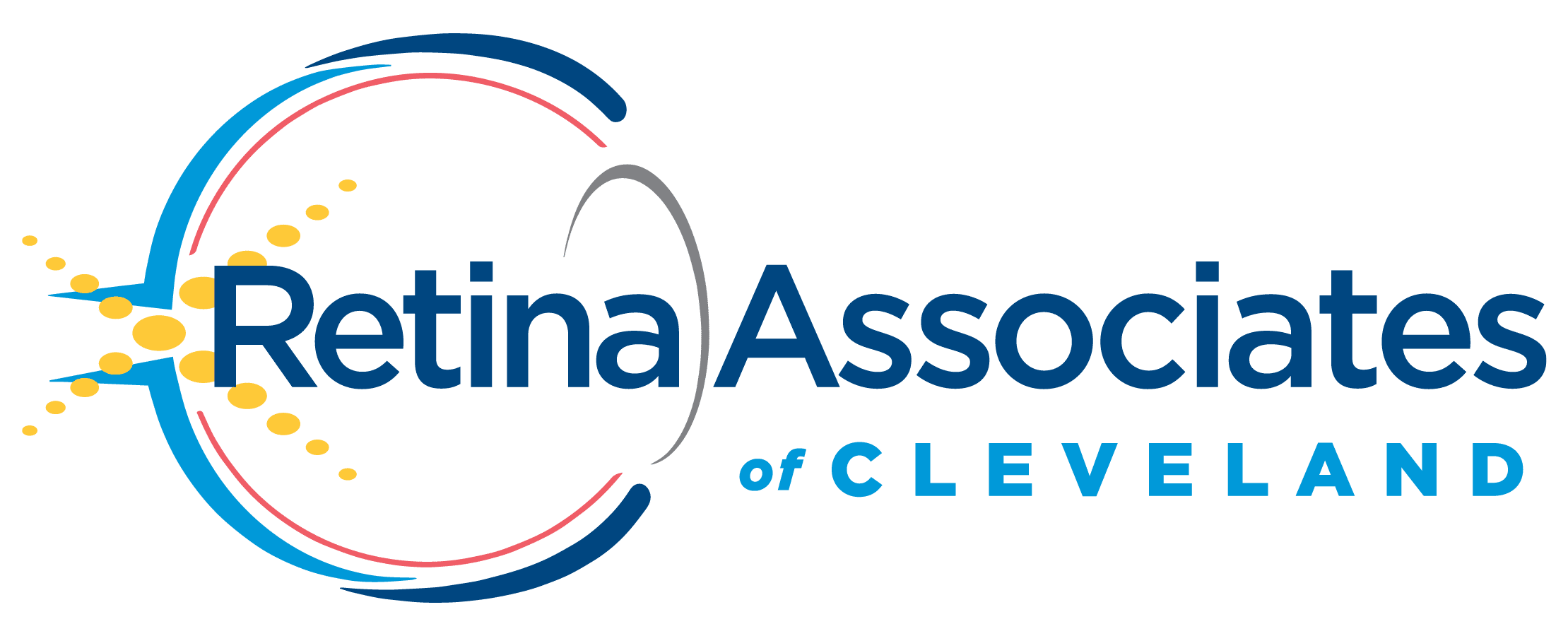
Featured Client Testimonials
Barnes Wendling has been our company accountants for over 15 years. During this time, the business has grown exceptionally, and Barnes has kept pace, providing accurate, quality advice. Our finances are more efficient than ever, and the expense of hiring Barnes has been a definite positive add to our bottom line. I give my highest recommendation to their firm.
David Miller, MD - President, Retina Associates of Cleveland

Featured Client Testimonials
Barnes Wendling has provided us guidance and recommendations that have strategically helped strengthen our business and position ourselves for growth. We needed to hire a new VP of Finance and Controller this past year, and they were instrumental in helping us find the best candidates for our company.
Sara Blankenship - President, Kaufman Container

Featured Client Testimonials
We value the trust, accuracy of information, and reliability of Barnes Wendling and Mike Essenmacher personally. Mike has been instrumental as a trusted advisor on accounting, tax, and personnel issues. His advice is always accurate, and he is very reliable. His associates are also very talented.
Dominic Ozanne - President and CEO, Ozanne Construction Company

Featured Client Testimonials
We value Barnes Wendling’s expertise with all things accounting so we can operate our business using our strengths and allowing them to be our experts. They have also brought me a few business sale opportunities to allow me to grow my assets.
John Gaydosh - President and Metallurgical Engineer, Ohio Metallurgical Service
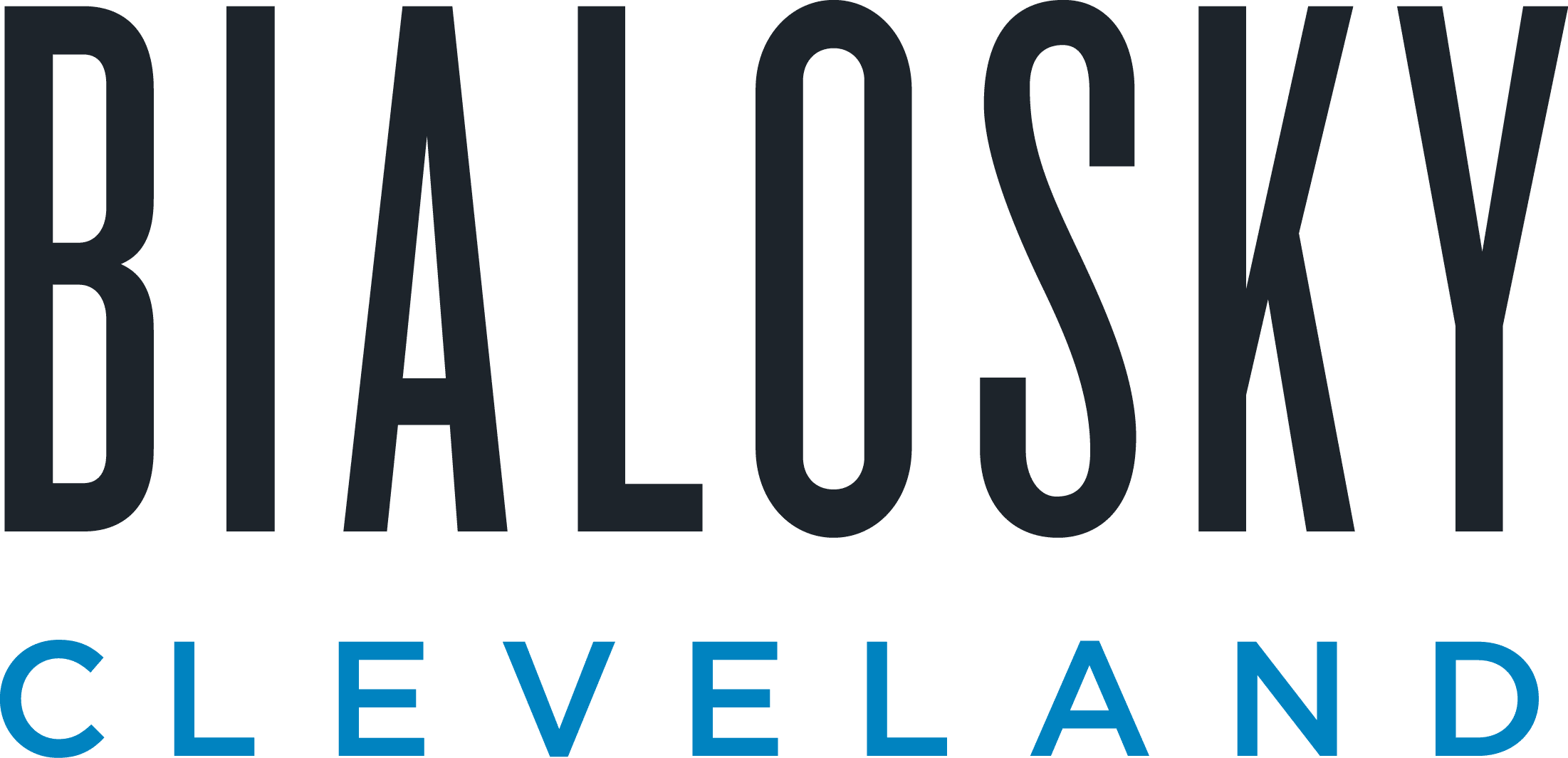
Featured Client Testimonials
Barnes Wendling (especially Lena) did a great job with our financials. Everything. It is extremely refreshing and comforting to know that all of our numbers are not only correct, but they are in the right place(s). Your diligence and reporting truly does make me (personally) feel better.
Thomas Adomaitis - Controller, Bialosky Cleveland

Featured Client Testimonials
I can wholeheartedly tell you that I have yet to work with an audit or tax team that have been more helpful, easy to work with, and committed than the team at Barnes Wendling- I have been through three different firms in the last few years.
Michelle Saylor, Former Controller, Aero Mag
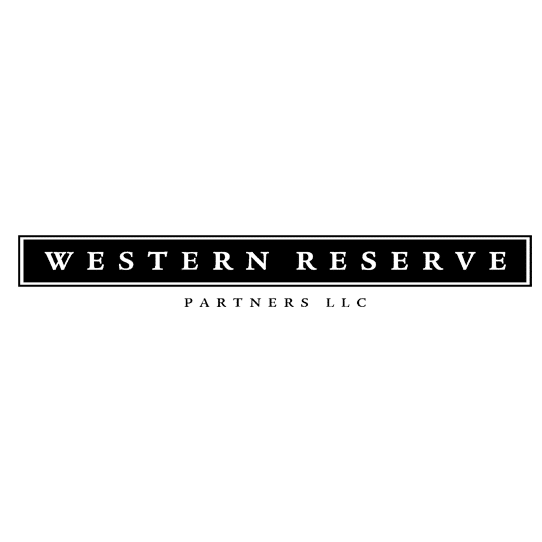
Featured Client Testimonials
Floyd Trouten at Barnes Wendling CPAs is an “expert’s expert” when it comes to M & A accounting. Not only does he understand the evolving details of the Tax Code but he also sees the fine points of their application for owners, managers, investors, and financiers.
Mark A. Filippell, Western Reserve Partners
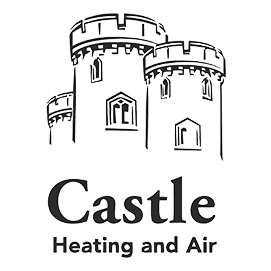
Featured Client Testimonials
The service is amazing at Barnes Wendling CPAs. The benefit is worth more than the cost. Sometimes it’s true that you get what you pay for.
Mark Boucher - Former Owner, Castle Heating & Air





